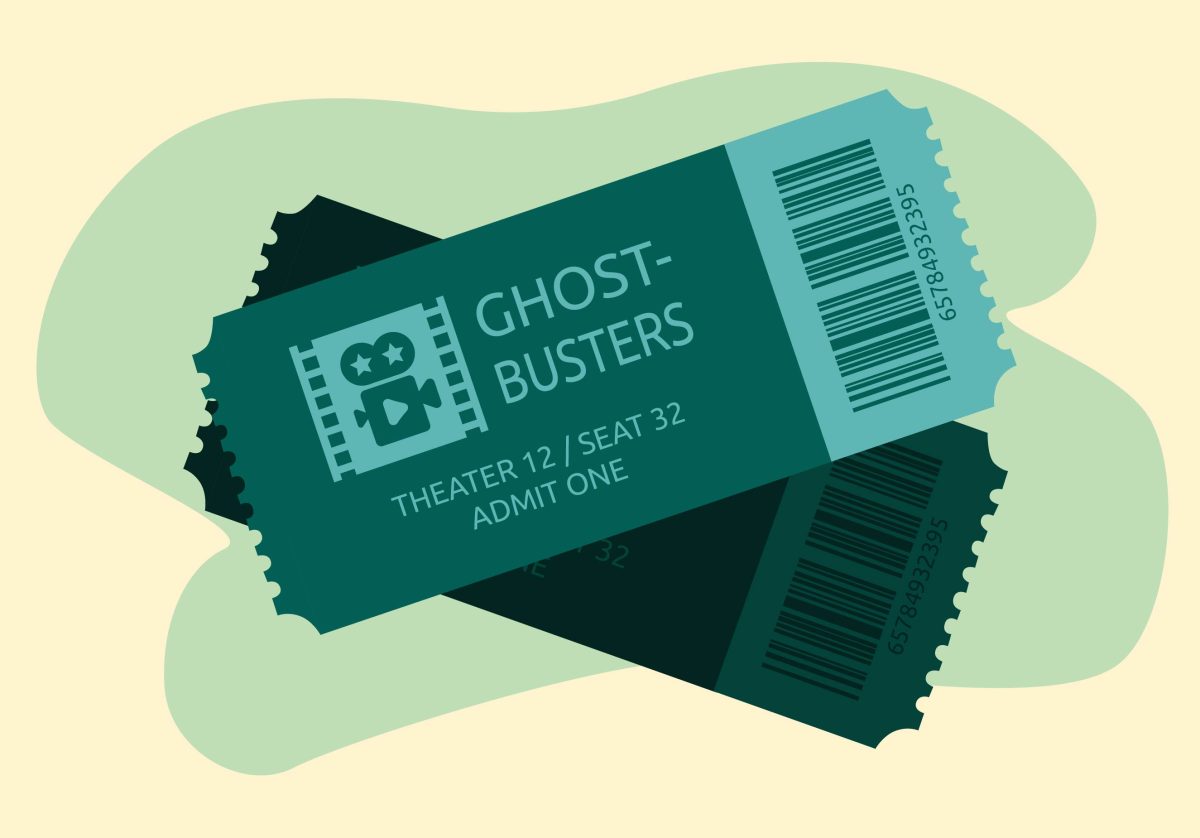Northwest Airlines mechanics continue their strike and the University graduate students’ union vote last year still reverberates.
What better time for Barbara Kopple’s films?
This weekend Oak Street Cinema will explore the American labor movement with two of Kopple’s documentaries.
“Harlan County, U.S.A.,” a film which focuses on coal miners, shows this weekend alongside the more local “American Dream.” “American Dream” shot its footage in Austin, Minn., at the Hormel plant.
In conjunction with the showings, Oak Street Cinema will have Macalester College history professor Peter Rachleff, author of the 1993 book “Hard Pressed in the Heartland: The Hormel Strike and the Future of the Labor Movement,” facilitate a discussion on labor and its depiction in the two films.
Heading back from a solidarity meeting among Northwest strikers last weekend, Rachleff said he was disappointed in Kopple’s depiction of the Hormel workers in “American Dream” and thus decided to write his book.
“This film taught me that documentary film is an art form,” he said. “Maybe I was naïve, but the documentary is certainly no Xerox replica of experience Ö it is creatively constructed by the filmmaker.”
Kopple’s pieces are not simple stories about the heroic workers taking on their evil corporate employers.
As documentaries, they are point-of-view pieces, not intended to reflect hard facts, but the experiences of those involved. Thus, they take the viewer into the world of the striking workers, a world where nothing – not even the heroized strike itself – is presented as unflagging.
Instead, Kopple goes into the heart of two strikes in disparate locales – the striking meatpackers in Minnesota in
1985 and the 1976 strike of coal miners in Kentucky – and she and her crew take a look around.
It isn’t always pretty. The film also chronicles the workers’ flirtations with violence and law-breaking. It also covers their internal strife – a strife that at one point turns to
finger-pointing about personal habits in one particularly demoralizing scene in “Harlan County.”
The Hormel workers are shown battling as much with their international union as with their employer, and the coal miners experience similar trials with the United Coal Workers, including the murder of one member and the eventual conviction of the former union president for the killing.
In “Harlan County, U.S.A.,” the coal miners are eventually victorious against Duke Energy. But the Hormel workers don’t come out as well: The international union booted out their local leadership and effectively ended the strike.
The Northwest strike has brought union issues to the national forefront, with organizations like Gallup polling people as to whether unions are still effective and necessary in this century. For Rachleff, a historian of the labor movement, the answer is clear.
“I’ve looked back over 150 years of labor history in the United States,” Rachleff said. “And I see a movement that not only moves from strength to weakness and weakness to strength, but has changed its composition, has changed who is included,” Rachleff explains.
He named immigrants, African-Americans, women and Latinos as those who have been slowly added to the fold.
“I have no doubt that there will be some kind of labor movement in the future of the United States,” he said. “But I think it will look different and will include some different groups than the labor movement does now.”
Ultimately, Kopple’s films resonate that a place for unions in American society still exists today. In “Harlan County, U.S.A.” the narrative of present-day workers is set against reminiscences of older coal workers who never had a union.
It is particularly poignant when an older man remembers how his foreman told him to be careful not to let the rock fall on his mule.
“I said, What about me?” he remembered. “He said, ‘We can always hire another man; we have to buy that mule.’ “
Kopple’s films may document the imperfect nature of unions and their susceptibility to the same corruption that plagues their corporate counterparts, but support for unionization has never rested in its perfection, depending as it does on fallible humans.
It does, however, rest on its necessity in a world where, perhaps equally human, those chief executive officers who are allowed to pursue their interests unbridled and unchecked can inflict the most cruel and unjust treatment on the workers upon whom they depend.
Kopple provides that necessity and the solidarity of the workers in both films, no matter the human failings that likewise accompany them.
The workers are easy to root for – yet they would have had no cause at all without their united front, imperfect though it was.
















